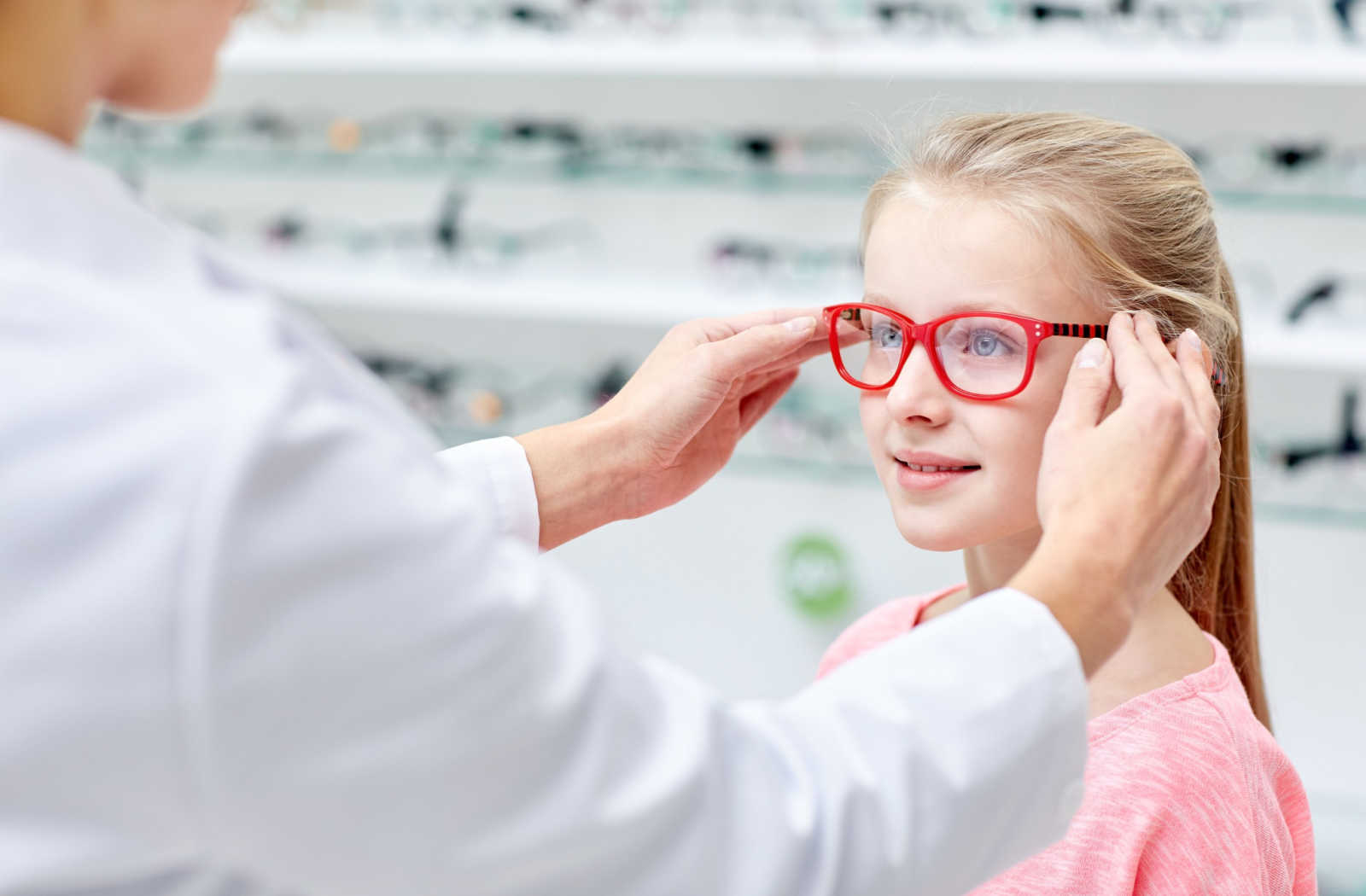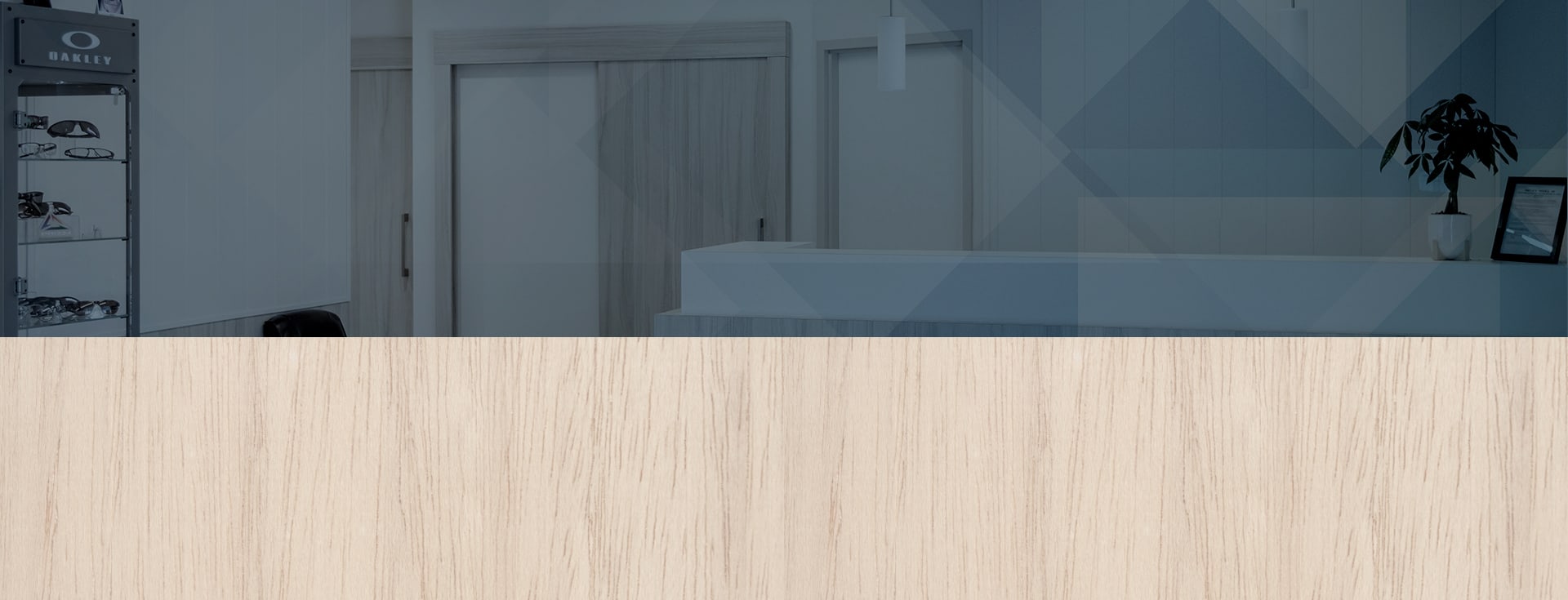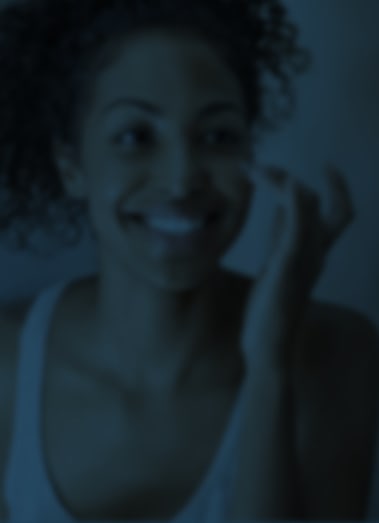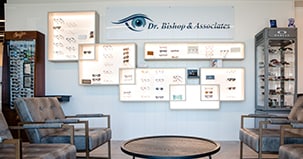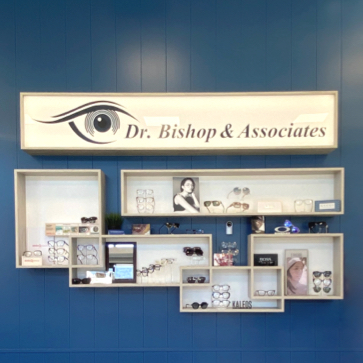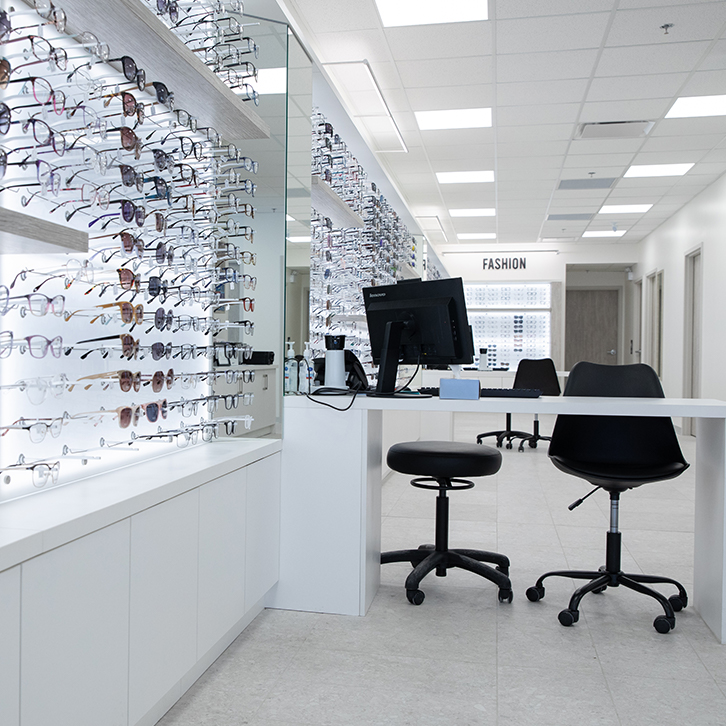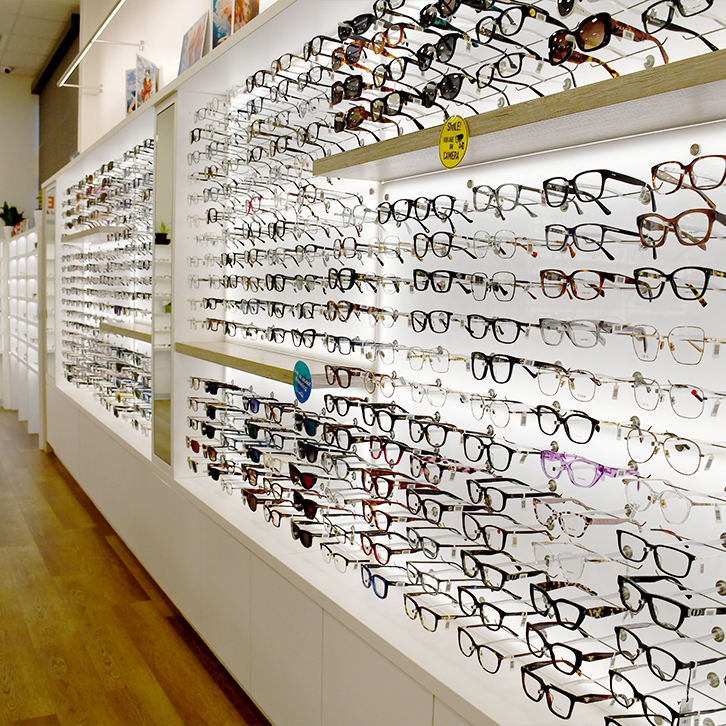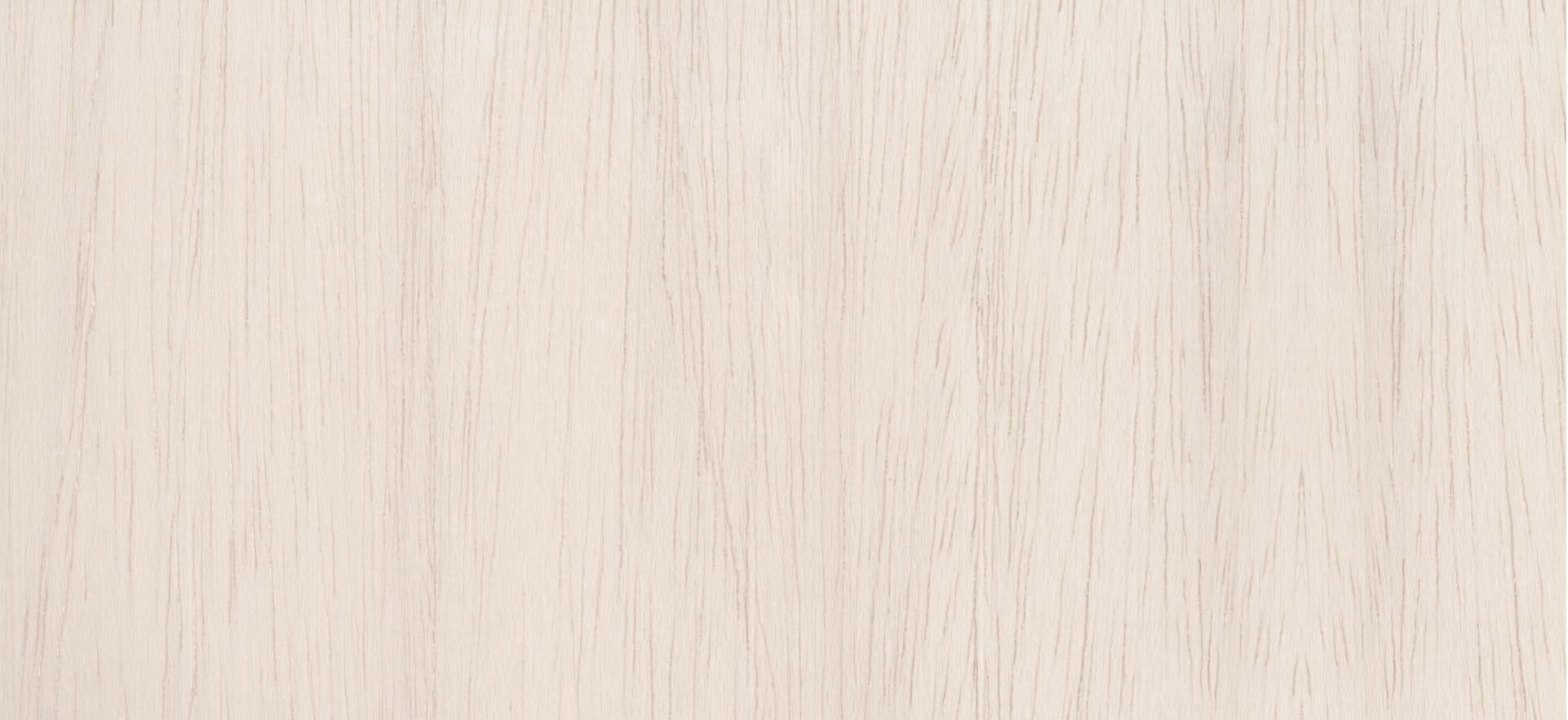80% of classroom learning is visual. This means clear vision in school is a key part of academic success.
You love your children and want them to succeed. When it comes to their vision, the best thing you can do is take them for annual eye exams. Eye exams help your child recognize if they’re nearsighted.
Children with myopia can struggle to see things that are far away from them. If they aren’t sitting close to the front of their classroom, they may struggle to see the whiteboard. This can make learning unnecessarily difficult.
Myopia management treatments aim to slow the progression of myopia in children and protect their vision throughout their lives.
What Is Myopia Management?
Myopia, also referred to as nearsightedness, is a common refractive error that causes distance vision to appear blurred.
When light enters the eye, it bends (refracts) against the back of the eye (retina). A myopic eye is longer than a “normal” eye. Therefore, when light enters the eye, it’s not properly focused on the retina.
As a result, the image that is transmitted to the brain is perceived as blurry or “out of focus.”
Myopia usually develops in childhood and can progress until early adulthood. As myopia progresses, a patient’s prescription can increase. This is caused by the elongation of the eye.
Myopia management helps slow down myopia progression by using different treatments that can stop the eye from elongating. While these remedies don’t cure myopia, they may prevent the worsening of your child’s sight over time.
A child with a prescription of -2.75D at age 7 could progress to a prescription of -7.00D by the time they’re 17.
A patient with high myopia (a prescription of -6.00D or higher) is at a much higher risk of developing sight-threatening conditions. This is what makes myopia management treatments so valuable for young patients with myopia.

What Are Myopia Management Glasses?
Myopia management glasses are a more recent treatment option for children to slow the progression of myopia.
These glasses have specially designed lenses that correct central vision for all-day wear and defocus peripheral vision so light entering the eye from these outward angles is properly focused against the retina.
Single vision lenses (one prescription in the lens) correct central vision, but the angle of peripheral vision is not corrected as accurately. This can cause peripheral images to project beyond the retina and signal the eye to elongate as a method of compensation.
With MiyoSmart, Stellest, and MiSight, the lenses include accurate correction for central and peripheral vision and can provide UV protection. This allows light to enter the eye from every angle and properly focus on the retina. The goal is that this would prevent the eyes from continuing to elongate.

Myopia Management isn’t Enough Alone
While myopia management can be an excellent option for children with myopia, it shouldn’t be the sole method of managing your child’s myopia.
Spending time outside is crucial for maintaining your child’s eyesight. 80 to 120 minutes a day outside can reduce the progression of your child’s myopia. Always make sure your child wears UV protective glasses or sunglasses when outside.
Near work is a common part of our daily lives, whether it’s working on your laptop, reading, or scrolling through your phone. Regular breaks and reminders to blink can help keep your eyes healthy and prevent eye strain symptoms.
A nutrient-rich diet in vitamin A and omega-3s can also help promote healthy, comfortable eyesight. Most importantly, taking your child for annual comprehensive eye exams can protect their vision and give you peace of mind.
Does My Child Need Myopia Management?
Does your child:
- Blink rapidly
- Tilt their head
- Rub their eyes
- Cover one eye
- Have trouble concentrating
- Lose their place while reading
- Experience frequent headaches
- Hold reading material close to their face
They may have myopia. Book an eye exam with us today and find out if myopia management is right for your child.

